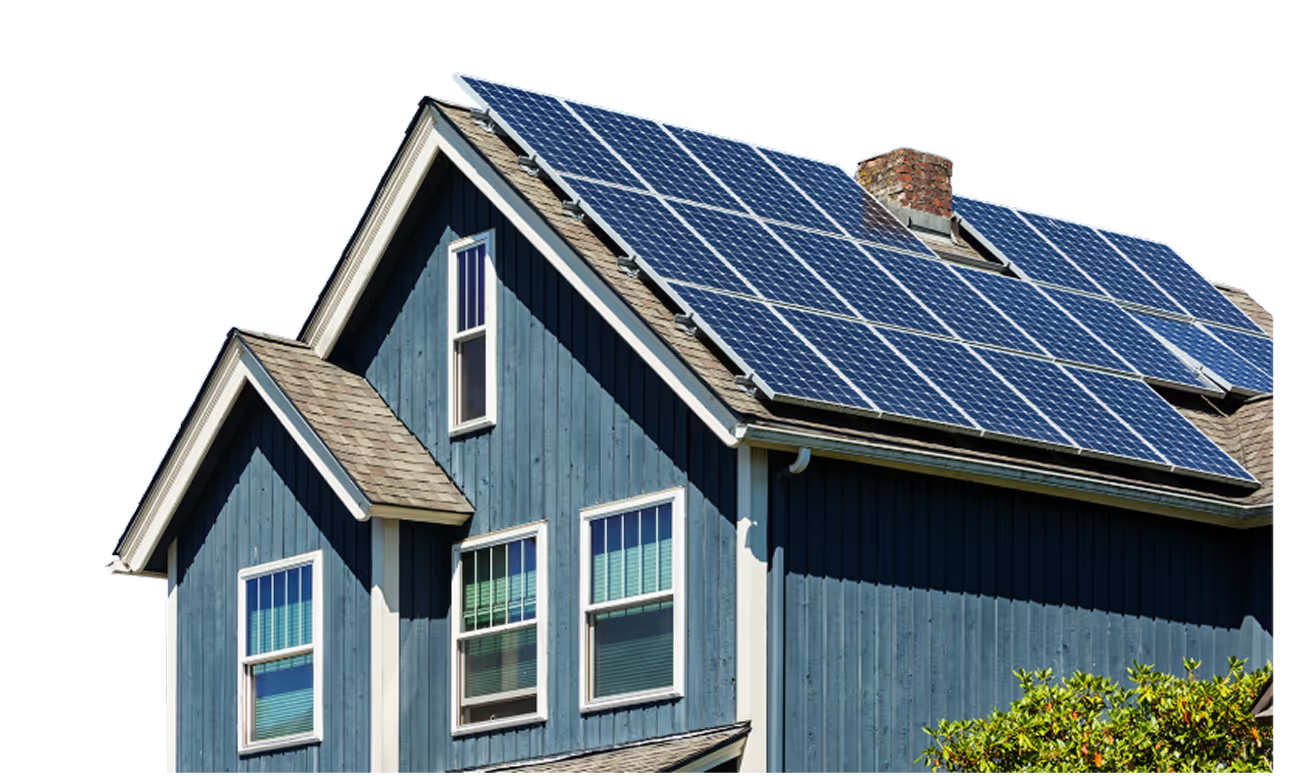%20How%20Singapore%20Green%20Plan%202030%20supports%20solar%20adoptions.png)
Singapore wants to be a green and liveable city but how does that vision translate into everyday action? .
The Singapore Green Plan 2030 is a national sustainability roadmap that shapes the Singapore vision. With goals for green infrastructure, clean energy, and a circular economy, the Green Plan sets out bold ambitions. But what does this really mean for homeowners, businesses and solar adoption?
In this article, we break down what the Green Plan is, how solar energy fits into it, where the current strategy falls short and what needs to evolve to fully unlock solar's potential in Singapore.
Understanding Singapore’s Green Plan 2030
The Green Plan is anchored by five key pillars that address different aspects of national sustainability:
1. City in Nature
This pillar focuses enhancing green spaces and urban biodiversity. The government aims to plant one million trees and increase green cover across the city. While it supports livebility, it doesn't directly influence energy systems.
2. Sustainable Living
Encourages lifestyle shifts such as reducing waste, cutting water use, and relying more on public transport. This indirectly supports emissions reduction, but doesn't focus on renewable energy adoption.
3. Energy Reset
This is the heart of Singapore’s clean energy transformation. The goal is to deploy 2 gigawatt-peak (GWp) of solar power by 2030, covering around 2% of national electricity demand. It also pushes for energy-efficient buildings and reduced emissions across all sectors.
4. Green Economy
The Green Economy pillar promotes green jobs and clean technology innovation. Solar energy plays a key role here both as a growing industry and as a driver of clean tech solutions.
5. Resilient Future
Focused on climate adaptation and resource management, this pillar prepares Singapore for climate shocks. It's important for long-term planning, but energy security is not its core focus.

Of the five pillars, only Energy Reset directly addresses how Singapore generates and uses energy. That’s where solar comes in but its potential remains largely untapped.
Energy Reset – Solar’s place in the Green Plan
The Green Plan’s solar target of 2 GWp by 2030 is a positive step. It includes:
- Large-scale floating solar farms
- Solar-ready infrastructure for new developments
- Utilising underused rooftops, reservoirs, and open spaces
Government agencies like EMA (Energy Market Authority) and HDB (Housing Development Board) are key drivers. Through programmes like SolarNova, HDB aims to make public housing estates more energy-efficient with solar panel integration.
%20(2).png)
There’s also growing support for decentralised solar from schools to factories, homes to commercial buildings. This aligns with national energy resilience goals and a reduced reliance on fossil fuels.
Still, these efforts only scratch the surface.
Where Singapore's Green Plan Needs Improvement
1. Limited support for private solar deployment
While public buildings are a focus, the Green Plan doesn't clearly address landed homeowners, condominiums, or SMEs.
There are no mandatory solar-ready building codes for private developments, and no national incentive scheme to encourage residential or commercial installations.
2. No Clear Solar Integration Roadmap
There’s no detailed roadmap explaining how Singapore will integrating high volumes of solar power into the national grid. Grid saturation, especially in dense urban areas, is a real concern. And while battery storage is essential to maximise solar potential, it’s not yet part of the Green Plan's focus.
3. No transparent tracking or accountability
The Green Plan lacks public-facing performance dashboards or regular reporting. Without annual updates or stakeholder feedback loops, it's hard to measure solar progress or address delays.
The Singapore Green Plan 2030 sets a strong foundation for a cleaner, low-carbon future but to turn solar from a target into a national success story, we need to go further.
As the demand for cleaner, decentralised power, there are clear opportunities to strengthen the solar ecosystem especially for homeowners and businesses ready to contribute.
Clearer Policies for Private Property Owners
Public housing has seen major progress through HDB’s SolarNova programme. But landed homes, condos, and small-to-medium enterprises (SMEs) are still navigating solar adoption on their own.
To support private deployment, Singapore needs:
- Structured incentives or subsidies
- Standardised regulations for solar-ready designs in new developments
- Simpler and faster grid connection processes
This would level the playing field and make it easier for more property owners to go solar.
Support for Solar-Plus-Storage Systems
Battery storage lets solar users store power during the day and use it at night maximising energy use, reducing grid stress, and improving energy resilience.
Encouraging solar-plus-storage adoption, through grants or tax benefits, would help households and businesses take a more active role in balancing energy supply and demand.
Transparent Tracking and Progress Reporting
To keep momentum, the Green Plan should include:
- Public-facing dashboards
- Annual updates on solar deployment
- Clear metrics on progress and areas needing improvement
This ensures transparency, builds trust, and helps align all stakeholders around shared goals.
Education and Outreach
Many property owners are still unsure about whether solar is right for them. The process can feel technical, expensive, or confusing.
That's why public education matters with clear communication, trusted platforms like GetSolar, and real-world success stories can make solar feel acessible and practical for all.
Together, these steps can turn national ambition into everyday action. With the right support, Singapore can fully unlock the value of solar power, making it not just a goal in the Green Plan, but a shared achievement by all.
Next Steps for a Solar-Powered Singapore
Solar energy is one of the most practical ways to support the Singapore Green Plan. But while solar is acknowledged in the roadmap, the targets remain modest and implementation pathways especially for private adoption are limited.
At GetSolar, we’re helping to close that gap by making solar more accessible, affordable, and risk free. Whether you're a homeowner or managing a commercial property, our Rent-to-Own solar plans give you control over your electricity costs while contributing to a cleaner, more resilient Singapore.
Want to play a part in Singapore’s clean energy future? Get your free quote or chat with us on WhatsApp today.

Rent-to-Own Solar. RM0 Upfront cost. Guaranteed Savings
Immediate ROI




Rent-to-Own Solar. RM0 Upfront cost. Guaranteed Savings
(10-Year RTO plan)
+ 10-Year Free Maintenance




.png)
%20Time-of-Use%20(ToU)%20Save%20More%20With%20TNB%27s%20New%20Tariff.png)
%20TNB%20Bill%20Before%20%26%20After%20Solar%20Real%20Savings%20in%20Malaysia.png)



